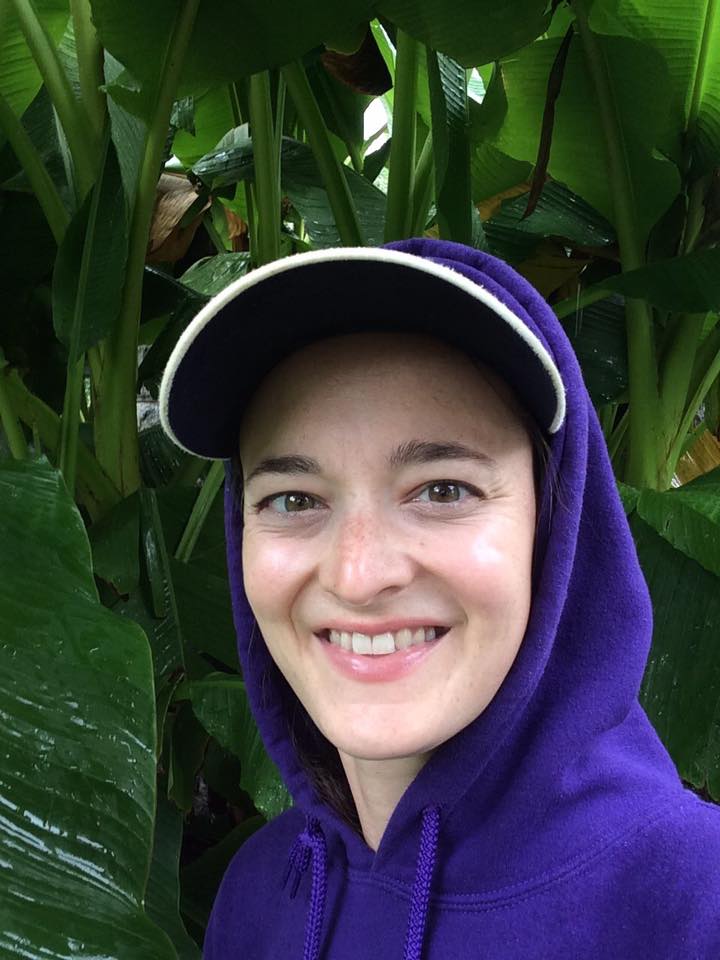Test Two
Test Two Reflection
- This test helped me put together the things I have learned about fluid dynamics in pipes and fittings, applying the principles of conservation of energy and mass to fluid flow systems, and to compute friction losses in pipes for a variety of configurations. My work demonstrates my use of Bernoulli’s equation and my ability to compute energy losses in pipes. I am still working on understanding some aspects of using these principles in series and parallel pipe systems.
- Both of my solutions are incorrect. My processes start out correctly, but somewhere along the line I went wrong. I did not understand how to complete iterations on the first problem. I would recommend to myself if I were to take this test again to review the lectures from the days where iterations were explained a few more times. The second problem, I may have used the wrong friction factor because I confused the two problems. I also used a value for gamma that was slightly too high. I also would have been better served to get the K-value for the valve isolated on one side of the equation first. It’s hard to tell, but there may have been some arithmetic errors due to transferring components from one side to the other. I would suggest making sure I know what values I’ve been given and check my work more carefully.
- The elements of the writing rubric are all there. My calculations and results are a bit lacking because I did not use the full process.
WRITING RUBRIC
- Purpose 0.5/10.0
- Drawings 1.0/10.0
- Sources 1.0/10.0
- Design considerations 1.0/10.0
- Data and variables 0.5/10.0
- Procedure 2.0/10.0
- Calculations 2.0/10.0
- Summary 0.5/10.0
- Materials 0.5/10.0
- Analysis 1.0/10.0
TOTAL 10.0/10.0
PROBLEM 1)
- Apply Bernoulli’s eq 2 times .5/8
- Conservation of mass eq 0/8
- Correct fT? fT for pipe losses? 0/8
- Handled all minor losses? 1/8
- Get final 3 eqs with all numbers 0/8
- Solve the system of eq by iteration 0/8
- Check velocity criteria 1/8
- Final results 0/8
TOTAL 2.5 /8
PROBLEM 2)
- Apply Bernoulli’s correctly 1/6
- Handled all minor losses 1/6
- Solve for Kvalve 1/6
- Correct fT? Correct f? 0/6
- Read s/D from graph 1 / 6 – I did read the s/D from the graph, but my Kvalve was incorrect so that is what gave me the incorrect s/D
- Final results 0/6
TOTAL 4/6
FINAL GRADE:
10.0 + (80/2)*(2.5/8+4/6) = 49/90 FOR “Workforce” syllabus
I think I did horribly on this test. I do not understand the principles yet, but I am committed to doing the work to understand it.
- In this unit, I have learned how Bernoulli’s equation is used and how to calculate losses. While I do not understand all aspects of this unit yet, I already have a better understanding than I did even halfway through the unit. The variables used are coming to mind more easily and I know how to use the information I am given much more effectively. The concepts in this unit will be used primarily by engineers designing and analyzing the systems in buildings that transport fluids. They will use this information to develop the best system economically and efficiently. I don’t know yet how much contact I will have with the piping systems of projects, but I hope that this class will help me know how to work with the engineers who do the work on those aspects. This information will help me to have the ability to transfer the data they give me to other aspects of a project. I think this is vastly important for my professional career. Just because I don’t necessarily visualize myself in a role that uses this class’s material on a regular basis does not mean that I will not be expected to know at least the basics about it for jobs I have. I think I will most likely use this information to work with other divisions of engineers within a company as we all work together on the completion of a project. I have not as yet been able to apply these concepts to other courses I am taking or to my job (I am a full time student and a coach). I know that we will briefly touch on some fluids at the end of this semester in another course so I do look forward to knowing about it ahead of time. I believe I improved the most on using Bernoulli’s and understanding where all of the data from a problem comes into it. I definitely improved on understanding and calculating energy losses. I still need to work on the more complex uses of Bernoulli’s with iterations. I am currently a Mechanical Engineering Technology major, but I am leaning toward Civil. If I am involved in projects designing structures or bridges, I will need to know how fluids interact with the system. While I believe I improved a lot over the course of this unit with my understanding of some of the principles and use of them, I know I still have a lot of work to do if I want to be able to use this information effectively. I do not understand iterations yet and I am still having some trouble visualizing how to complete the more complex system problems. I was frustrated throughout this unit while completing homework and the test because I feel like I should be able to get this information, but it is proving more elusive than I would like.
